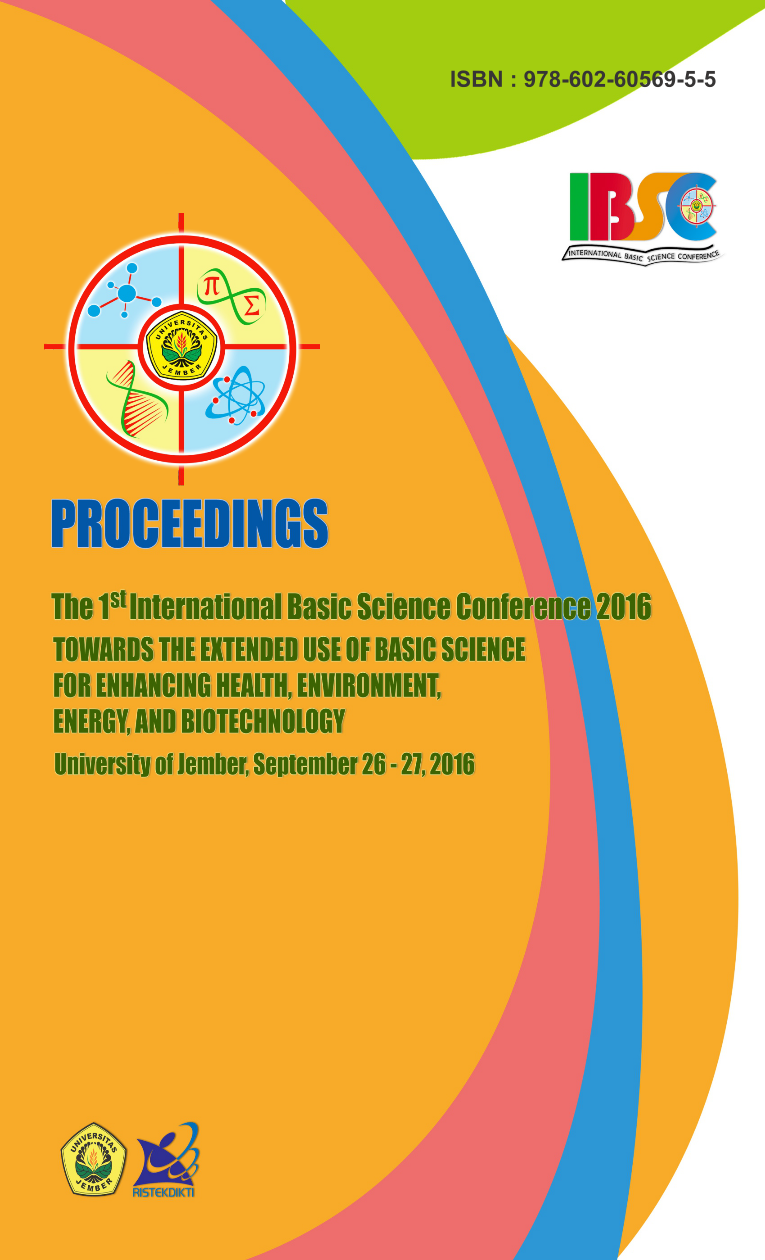Optimisation of Extractant and Extraction Time on Portable Extractor Potentiometric Method for Determining Phosphate in Soil
Abstract
Phosphorus is one of the nutrients which is needed by plants in large amounts. Fertilisation is a popular solution for supplying a sufficient amount of phosphorus in the soil. However, phosphorus can pollute water bodies and lead to eutrophication if fertilisation is carried out without considering prior information about the soil condition. Thus, analysis of phosphorus needs to be done before fertilisation. This paper is reporting a result in development an alternative strategy for analysing the phopsphorus in soil agriculture using potentiometric method. The aims of this research were to find the optimum condition of extractant and extraction time for determining phosphate, one form of phosphorus, in soil and evaluate a portable extractor potentiometric (PEP) method for determining phosphate in soil. Measurement of phosphate was undertaken by using cobalt working electrode, silver-silver chloride reference electrode and 0,025 M potassium hydrogen phtalate at pH 4 as ionic strength adjuster. Evaluation of PEP method was carried out by comparing this method with both the conventional potentiometric (CP) and the standard spectrometric (SS) methods. It was found that Kelowna was the optimum extractant for measuring phosphate potentiometrically in soil by CP method. Extraction time of 10 minutes was the optimum time for extracting phosphate in soil using Kelowna extractand solution. The result also shown that correlation between PEP and CP method was 0.883 whereas correlation between PEP and SS method was 0.924. Linear response characterisation of both PEP and CP method has obtained slope of (-28.47) and (-23.67) mV per decade respectively, in other hand the PEP and CP has resulted the detection limit 0.72 ppm and 0.83 ppm respectively. Repeatability for both PEP and CP method were less than 5%.


